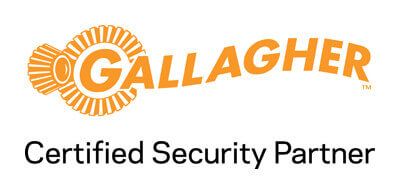Infinite Solutions, One Company
Unified Systems Inc. specializes in providing enterprise class solutions across all mission critical security areas. We outperform all competitors when it comes to service, lifecycle management and system health monitoring.

Video Surveillance & Analytics
We are an award winning company that provides manufacturer agnostic solutions. We match the right product to the right project. Avigilon, Genetec, Milestone and more!

Access Control Systems
We know access control. Choosing the right manufacturer for your needs as well as providing outstanding after sales support is our mission. Gallagher, Acre, Hirsh, Genetec and more!

Alarm & Intrusion Systems
Our installation and service team sets the bar for all other alarm and intrustion companies. We install and service Honeywell, Ademco and more. ULC fire monitoring available in most locations!

Asset & Key Management
Asset management has been one of our staples for over a decade. Contact us to see how we can integrate advanced key control, tablet control and firearm control into your organization!

Enterprise Class Integration
We have proven integrations working with hundreds of employees, subcontractors, as well as analytics, custom hardware and AI. Integrate with Fuel Dispensing, HR systems, vending systems, point of sale and more.

Enterprise Class Documentation
We use all the industry standard tools to guarantee that our documentation meshes seamlessly with enterprise needs. Microsoft Project, Microsoft Office, Autocad, and Microsoft SQL Standard are just the starting point!







